Growing Calendula officinalis ‘Zeolights’
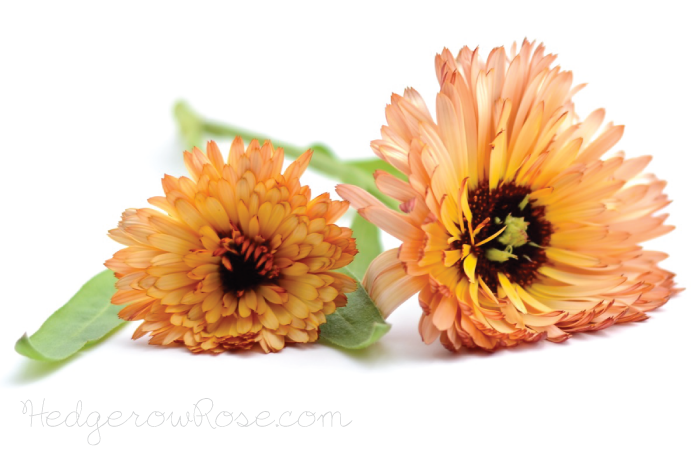
Calendula officinalis ‘Zeolights’
Confession: As I type this post, I am listening to Holiday music on my Pandora station. Well, can you blame me? It’s dark, cold, and they’re calling for possible snow showers later today. Snow! With freezing temperatures like that in the forecast, I’ve been out in the garden snipping the last of the annuals to bring indoors such as these pretty Calendula officinalis ‘Zeolights’. Last August or so, I threw a bunch of seeds into our little raised bed in hopes to get a second crop of flowers and veggies come autumn. Well, some worked and some didn’t, and some, like these, I wish I had planted earlier in the season since now it doesn’t look like they’ll be around much longer.
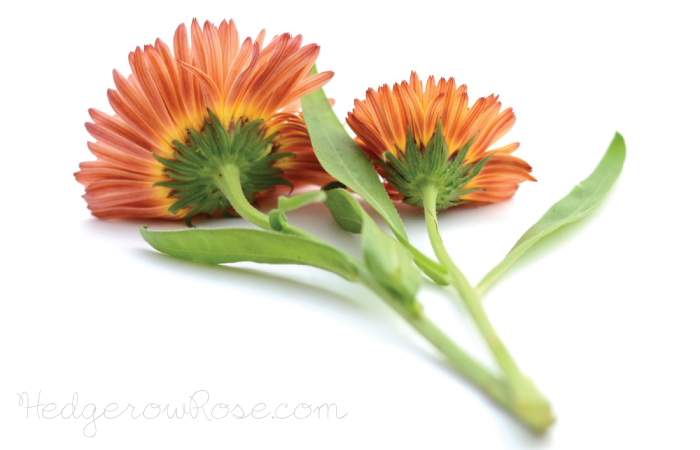 ‘Zeolights’ blooms in a striking array of bronze, orange, peach and yellow fading into rose pink.
‘Zeolights’ blooms in a striking array of bronze, orange, peach and yellow fading into rose pink.
Calendula, sometimes referred to as “Pot Marigolds” is often used as a culinary or medicinal herb (I like to use Calendula in salves to soothe chapped hands). A member of the Asteraceae family, the flowers look more like Gerbera Daisies or Strawflowers to me than Marigolds. But unlike Strawflowers, Calendula petals are so soft they’re like silk. The petals are also edible if grown organically, of course. This particular variety, ‘Zeolights’ blooms in a striking array of bronze, orange, peach and yellow fading into rose pink atop a neat little mound of bright green leaves.
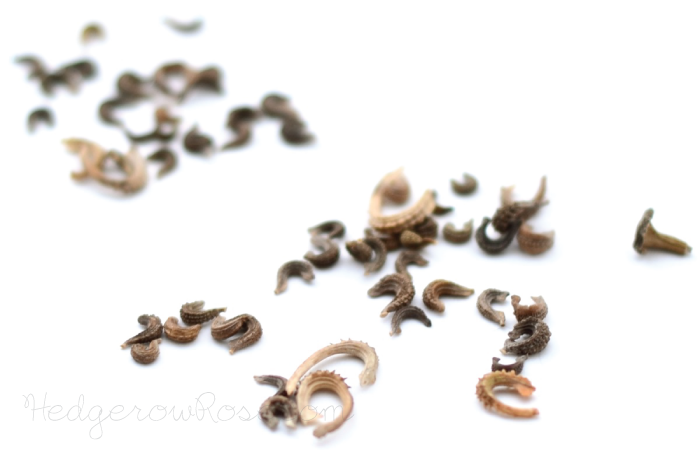
If not deadheaded, calendula will reseed itself quite freely. This is a great plant for young gardeners!
Calendula is super easy to grow. It requires full sun and rich, well-drained soil. I direct-sowed my seeds into the raised bed, spacing seeds about every 12″ by just gently pushing them into the soil about 1/4″ below the soil surface. Every seed was viable, but if you’re worried about some not germinating, you can group your seeds and thin when the seedlings are about 2″ tall. They need darkness to germinate and will emerge in about 10 days. ‘Zeolights’ will grow to 1-2′ high.
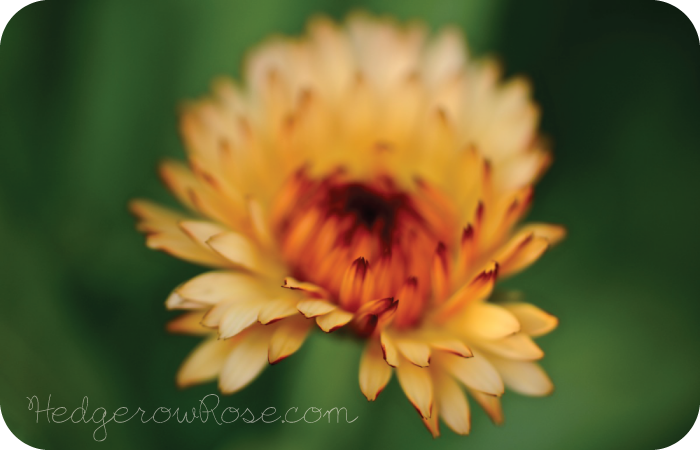
Calendula is widely used for culinary and medicinal purposes. I love to use calendula balm for my hands which are often overworked from metalsmithing and gardening.
Cutting Calendula blossoms will only encourage the plant to produce more so go ahead and snip away. If this snow they’re predicting ends up being just a light frost, my Calendula plants will probably be OK as they can withstand colder temps (just not a deep freeze). While I’ve heard that Calendula can succumb to powdery mildew and aphid attacks, I haven’t experienced that personally. Aphids can be dealt with by a strong blast from the hose and a good squishing. Fungal disease can be prevented with good cultural practices and in extreme cases the plants can be cut back or treated with an organic horticultural oil.
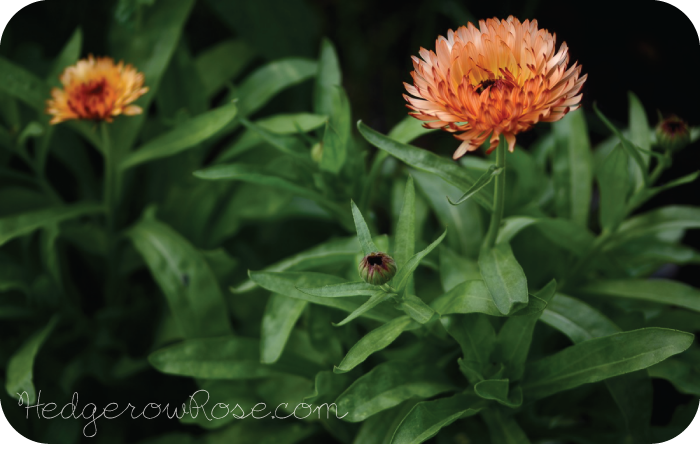 Snipping flowers will only encourage Calendula to produce more. I’m hoping that it stays above freezing long enough to enjoy this annual a little longer.
Snipping flowers will only encourage Calendula to produce more. I’m hoping that it stays above freezing long enough to enjoy this annual a little longer.

Do you grow Calendula? Did you have any problems with pests and diseases? I’d love to hear about your experiences and if you have any specific varieties you think I should try.



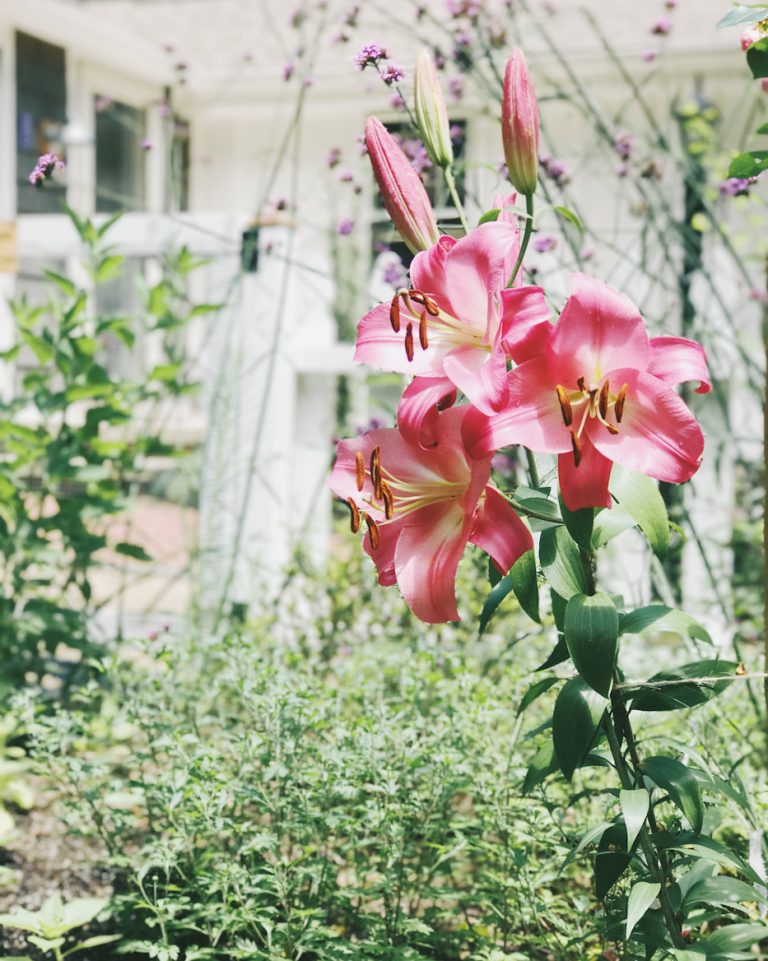
You are such an amazing gardener! And photographer, too! I am so impressed! I have been gardening for over 30 years, but have never grown calendula. Your post inspires me to give it a try. Thanks so much for sharing your wealth of knowledge!
Haha, Cynthia it’s all smoke and mirrors but I appreciate you saying so! I think you will love this flower. I was so surprised at how easily they just popped right up and started blooming. Thank you for revisiting!
Oh my gosh, your blog gets more and more beautiful every day. These calendula are gorgeous! I have never grown them before but have always wanted to try. Stunning photography as always!
Thank you Ginger! Trying to figure out how to use this camera….funny because I still don’t even know what an f-stop is! My husband just built a little light tent for me that I placed in the window so that helps getting clearer shots of flowers (and jewelry, of course).
So, I can plant these in the spring too? Shall I continue to plant the seeds throughout the growing season to keep getting a fresh crop? I will dead head the plants and pick the flowers to encourage the plant to produce more.
Hi Andrea, I only sow my Calendula once during our growing season–I usually wait until May and directly sow the seeds in the garden. Some gardeners do succession planting as you described. You can find some great tips for growing Calendula HERE.
Oh my! I’m growing these for the first time this year and just did a Google search on the Zeolights and landed here. Mine are in pots just about to bloom and I was looking for a photo to see what they look like, and your photos are gorgeous! I appreciate the growing info, too. And I see I left a comment back in 2011! That must have been my first visit here, Laurie. Thank you for the past 4 yrs of wonderful blog photos and posts!
Well golly that’s pretty darn neat that your search brought you here! I love Zeolights. In fact, I still see those pop up a few times generations later from the seeds I collected and it always makes me smile. Truly think they are the prettiest Calendula. It’s been my pleasure having you here, Cynthia!
Can Calendula seeds that are still green be viable ? If not, are there any recipes I could use them for ?
Erin, I doubt they would germinate and as for recipes I’m not sure. Have you tried googling that?